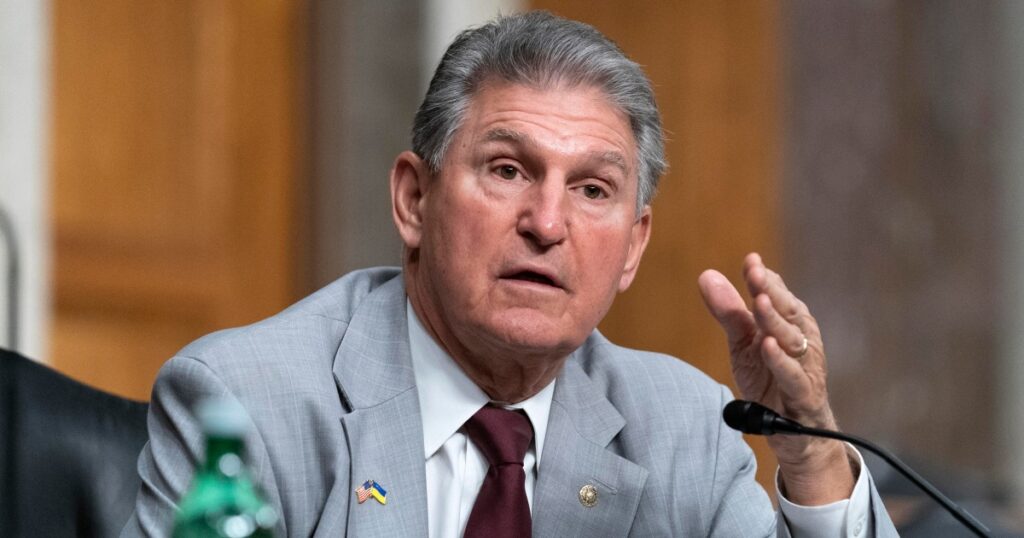Understanding the US Debt Ceiling: Key Concepts and Implications
The US debt ceiling refers to the maximum amount of money that the US government is allowed to borrow to finance its operations and meet its financial obligations. It is a legal limit set by Congress to control the amount of debt the government can accumulate. When the debt reaches the ceiling, the government cannot borrow any more money unless the ceiling is raised.
The implications of reaching the debt ceiling are significant. If the government is unable to borrow more money, it may be unable to pay its bills, including salaries of government employees, social security benefits, and interest on existing debt. This can lead to a government shutdown, a default on debt payments, and a downgrade of the US credit rating. These consequences can have far-reaching effects on the economy, including higher borrowing costs, reduced consumer and investor confidence, and potential financial market turmoil.
To avoid reaching the debt ceiling, the US Treasury Department can employ various measures, such as suspending the issuance of certain types of debt or using accounting maneuvers to create additional borrowing capacity. However, these measures are temporary and can only provide a limited amount of time before the debt ceiling needs to be raised. The decision to raise the debt ceiling ultimately rests with Congress, and the process can be politically contentious, often leading to debates and negotiations between political parties.
The US Debt Ceiling Debate: Recent Developments and Potential Consequences
The US debt ceiling has been a topic of ongoing debate and contention in recent years. Failure to raise the debt ceiling in a timely manner can have severe consequences for the US economy and financial markets. In the past, the debt ceiling has been raised through bipartisan agreements, but it has also been a source of political brinkmanship and partisan disputes.
Recent developments in the US debt ceiling debate have highlighted the potential consequences of failing to raise the ceiling. In 2011, a prolonged debate over raising the debt ceiling led to a downgrade of the US credit rating by Standard & Poor’s, which had a negative impact on financial markets and investor confidence. In 2013, a government shutdown occurred as a result of disagreements over the debt ceiling, causing significant disruptions to government operations and the economy.
The potential consequences of failing to raise the debt ceiling are not limited to the US alone. As the US dollar is the world’s reserve currency, any disruption in US debt payments or a downgrade of the US credit rating can have global implications. It can lead to increased volatility in financial markets, a flight to safety by investors, and a loss of confidence in the stability of the global financial system. Therefore, it is crucial for Congress to reach timely agreements to raise the debt ceiling and ensure the continued functioning of the US government and the stability of the global economy.







